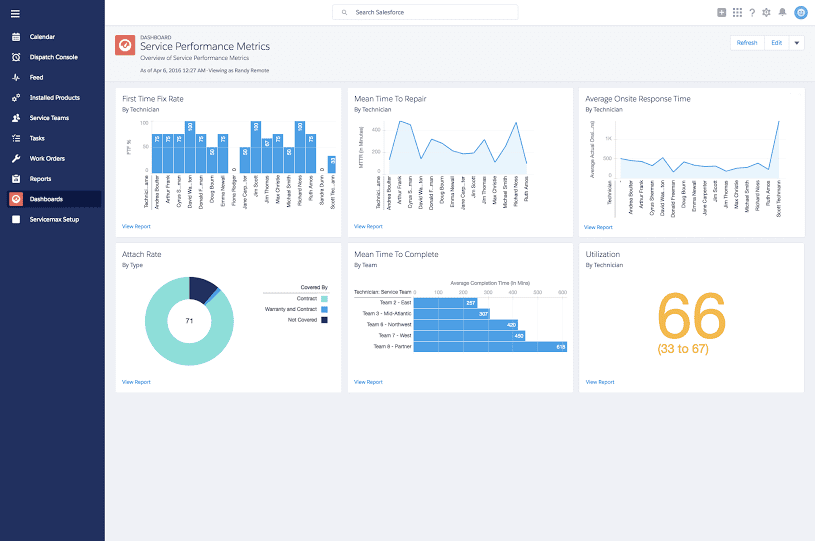Guesswork and “gut feelings” are not what makes a company’s service organization competitive. Solid data on utilization, response times, uptime, and other key factors indicate whether an organization is winning or losing at service. A new report from Aberdeen Group makes the case that sophisticated data, instead of a few spreadsheets, is what elevates service teams above competitors and boosts customer satisfaction.
According to the March 2016 report, “State of Service Management in 2016: Empower the Data-Driven CSO,” best-in-class service organizations view competition and customer demands as their top pressures in 2016.
To meet these demands, service leaders need a constant influx of relevant data so they can adapt their businesses to changing customer needs. Without that data, reaction time might be too slow for the competitive market — or wrong decisions might be made.
Service is the place where customer relationships are strengthened or weakened, and is sometimes the only differentiator a company has — yet millions will be spent on sales and marketing instead of service. — Lubor Ptacek, ServiceMax
“Today, when service leaders look at their business, they see a need to improve the quality, relevance, and accessibility of that data,” writes Aberdeen Senior Research Analyst Aly Pinder Jr. in the report. “In 2016, the key is ensuring that the relevant data gets in front of the right people at the right time so their decisions will be easier to make and so they can adjust to changing conditions in real time.”
Enabling Smarter Data Gathering
Responsive service goes a long way toward owning the customer experience. That’s a function that many service organizations fall short on, says Lubor Ptacek, vice president of product marketing at ServiceMax, which creates mobile and cloud solutions for field service management. As part of its Spring ’16 release, ServiceMax is launching a new product, ServiceMax Service Performance Metrics, which lets users track contract attach rate, uptime and other key metrics.
Service, says Ptacek, “is the last mile of customer satisfaction. Service is the place where customer relationships are strengthened or weakened, and is sometimes the only differentiator a company has — yet millions will be spent on sales and marketing instead of service.” Benchmarking with data enables better decision making, which then brings about better service, he says.
Simple numbers, such as how many work orders are in progress or how many technicians a business has, are not enough to gain insights to help elevate service. “You need to define utilization, and you need to define how quickly and efficiently customer problems are solved,” Ptacek says. Metrics like average response time and mean time to repair will paint a more nuanced picture of the state of a service organization, he adds: “It’s not just about getting data, it’s about interpreting it.”
The Service Performance Metrics product measures eight key metrics that can surface ways to improve service. Such metrics can be a hallmark of successful service delivery: 67 percent of best-in-class service organizations are more likely to benchmark service levels, according to the Aberdeen report. Along with the metrics product, ServiceMax is also launching the latest version of its mobile app, as well as ServiceMax Catalyst, a new implementation package.



Share this: